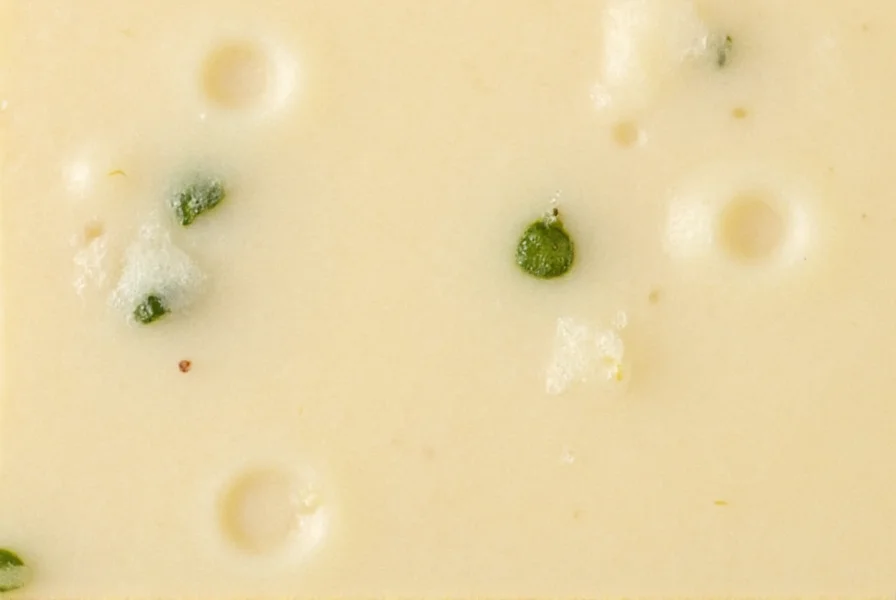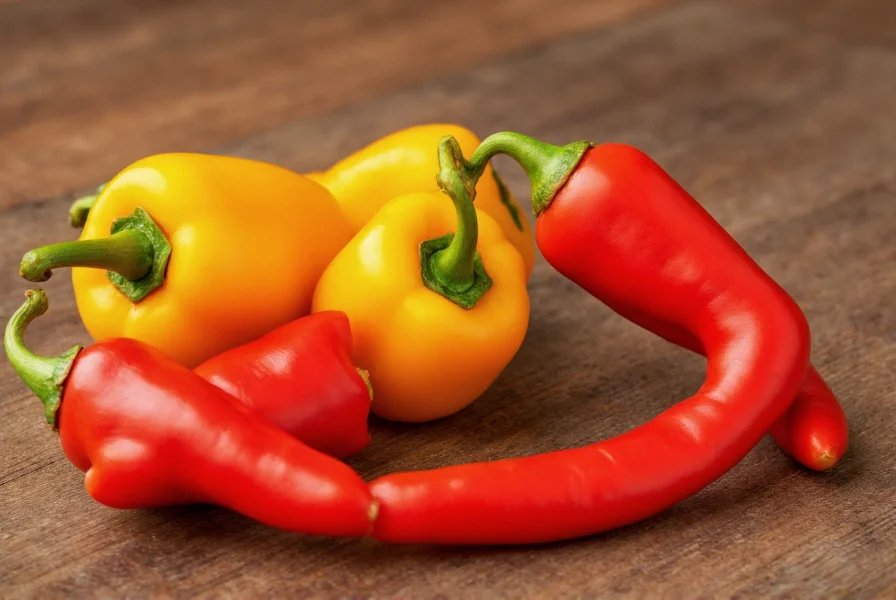Originating in California during the 1970s, Pepper Jack cheese transformed the traditional mild Monterey Jack by incorporating spicy elements that appeal to adventurous palates. This semi-soft cheese maintains the smooth, buttery texture of its predecessor while delivering a pleasant heat that ranges from mild to moderately spicy depending on the pepper variety and quantity used in production.
The Making of Pepper Jack Cheese
Cheesemakers begin with pasteurized cow's milk, adding bacterial cultures and rennet to form curds. What distinguishes Pepper Jack from standard Monterey Jack is the addition of diced jalapeños, habaneros, or other chili peppers during the curd stage. Some artisanal producers incorporate additional flavorings like garlic, herbs, or even chipotle peppers for unique variations. The cheese then undergoes a brief aging process of 2-4 weeks, which allows flavors to meld while maintaining its characteristic soft texture.

Flavor Profile and Characteristics
Pepper Jack offers a complex flavor experience that balances creaminess with heat. The base Monterey Jack provides a mild, slightly sweet dairy foundation, while the peppers contribute varying degrees of spiciness. High-quality Pepper Jack features evenly distributed pepper pieces that create visual appeal and consistent flavor throughout. The cheese typically has a pale yellow to white color with visible green or red pepper flecks.
When selecting Pepper Jack, look for cheese with a smooth texture without excessive moisture or dryness. The spiciness level can vary significantly between brands, so consumers seeking specific heat intensity should check product descriptions or ask cheesemongers for guidance on mild Pepper Jack cheese options versus extra spicy Pepper Jack varieties.
| Characteristic | Pepper Jack | Monterey Jack |
|---|---|---|
| Flavor Profile | Spicy with pepper notes | Mild, buttery, slightly sweet |
| Texture | Semi-soft, creamy | Semi-soft, smooth |
| Pepper Content | Visible jalapeño or chili pieces | None |
| Best Culinary Uses | Tacos, grilled cheese, burgers | Quesadillas, sandwiches, snacking |
Perfect Pairings for Pepper Jack Cheese
Understanding Pepper Jack cheese pairings elevates your culinary experience. The cheese's spicy kick balances beautifully with sweet and acidic elements. Fresh pineapple, apple slices, and honey-glazed nuts create delightful contrasts that tame the heat while enhancing the cheese's complexity. For beverage pairings, medium-bodied red wines like Zinfandel or fruit-forward beers complement the spice without overwhelming the palate.
Cheese boards featuring Pepper Jack should include:
- Crusty bread and water crackers
- Fresh fruit like grapes and pears
- Olives and roasted nuts
- Spicy honey or fig jam
- Cured meats like prosciutto

Culinary Applications and Cooking Tips
When exploring how to use Pepper Jack in cooking, consider its excellent melting properties. The cheese performs exceptionally well in grilled cheese sandwiches, quesadillas, and as a topping for burgers and tacos. For best uses for Pepper Jack cheese in baked dishes, shred it fresh rather than using pre-shredded varieties which contain anti-caking agents that can affect melting quality.
Chefs recommend these techniques for maximizing Pepper Jack's potential:
- Add to egg dishes for spicy breakfast burritos
- Melt over roasted vegetables for added depth
- Incorporate into macaroni and cheese for a spicy twist
- Use in stuffed chicken breasts or meatloaf
- Create spicy cheese spreads for entertaining
Storage and Shelf Life
Proper storage maintains Pepper Jack cheese freshness and prevents premature spoilage. Wrap unused portions tightly in wax paper followed by plastic wrap or store in an airtight container in the refrigerator's cheese drawer. Avoid aluminum foil which can impart metallic flavors. Properly stored, Pepper Jack remains fresh for 3-4 weeks after opening. For longer preservation, freeze shredded Pepper Jack in airtight containers for up to 3 months, though texture may slightly change upon thawing.
Frequently Asked Questions
What's the difference between Pepper Jack and regular Jack cheese?
Pepper Jack cheese contains diced jalapeños or other chili peppers that give it a distinctive spicy flavor, while regular Monterey Jack is mild and buttery. Both share the same semi-soft texture and production method, but Pepper Jack's added peppers create visible flecks throughout the cheese and deliver varying levels of heat depending on the pepper variety used.
Is Pepper Jack cheese suitable for vegetarians?
Most Pepper Jack cheese varieties use microbial rennet, making them vegetarian-friendly. However, some traditional producers may use animal rennet, so vegetarians should check product labels for "microbial" or "vegetarian" rennet specifications. The peppers and other flavorings added to Pepper Jack are naturally vegetarian.
How spicy is Pepper Jack cheese compared to other spicy cheeses?
Pepper Jack typically ranges from mild to medium heat on the spice scale, milder than habanero-infused cheeses but spicier than black pepper jack varieties. The heat level depends on the pepper type and quantity used—jalapeño-based versions are generally milder than those made with serrano or habanero peppers. It provides a noticeable kick without overwhelming the palate, making it more approachable than extremely spicy cheese options.
Can I substitute Pepper Jack in recipes calling for Monterey Jack?
Yes, you can substitute Pepper Jack for Monterey Jack in most recipes, but be aware it will add spicy notes that may alter the dish's flavor profile. For recipes where you want to maintain the original taste while adding subtle heat, use a 50/50 blend of both cheeses. When substituting in dishes like quesadillas or grilled cheese, Pepper Jack enhances flavor complexity, but for delicate applications like cheese sauces, you might prefer regular Monterey Jack to avoid overpowering other ingredients.











 浙公网安备
33010002000092号
浙公网安备
33010002000092号 浙B2-20120091-4
浙B2-20120091-4